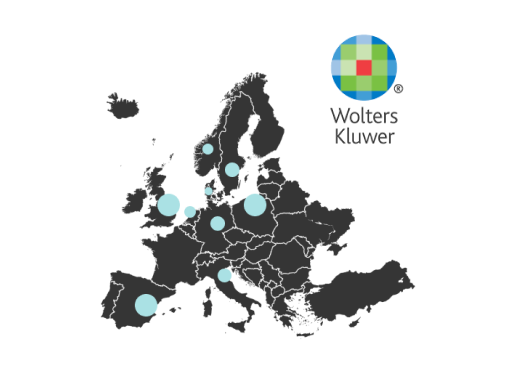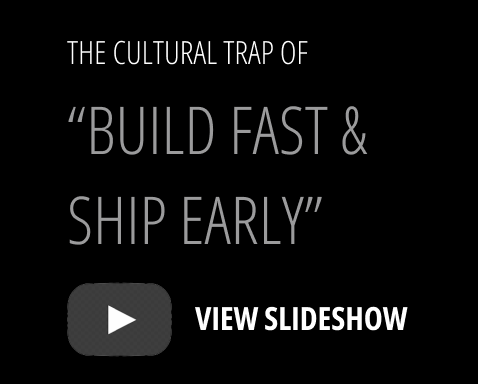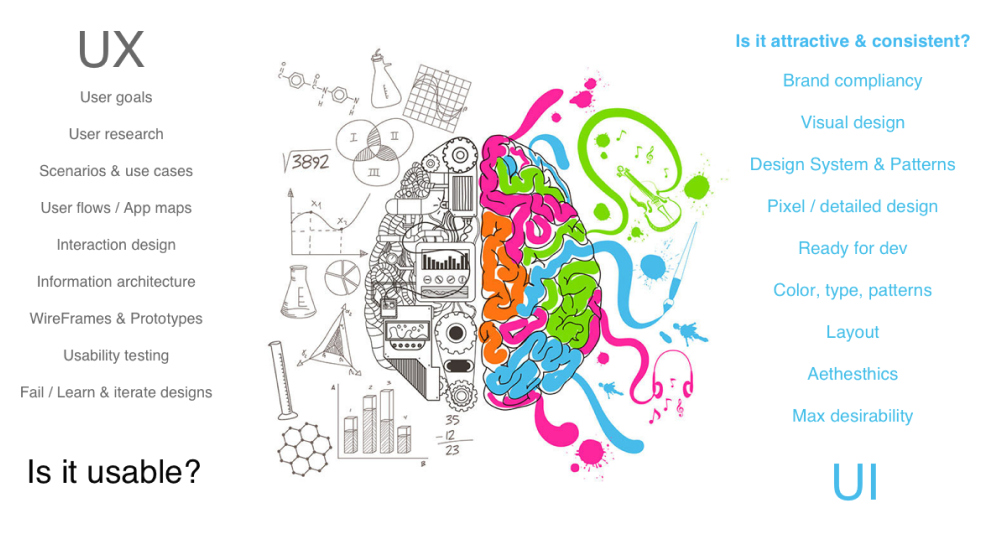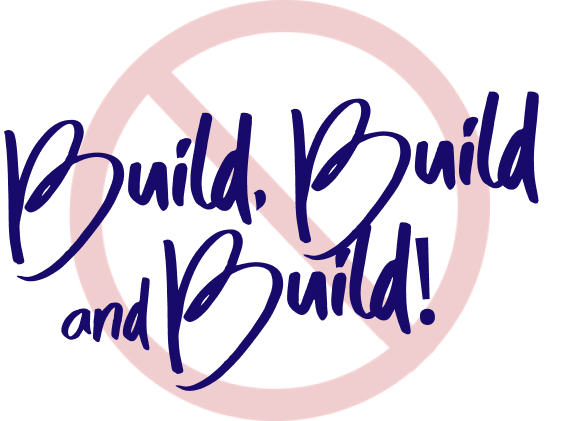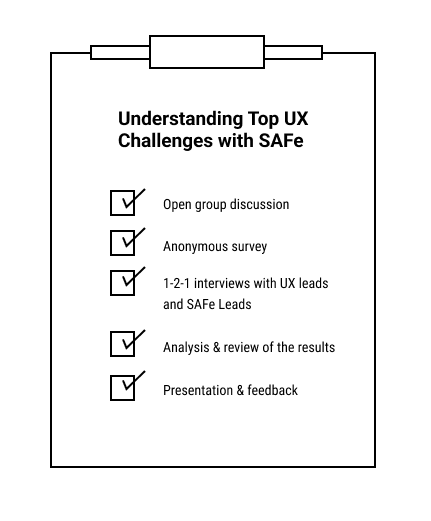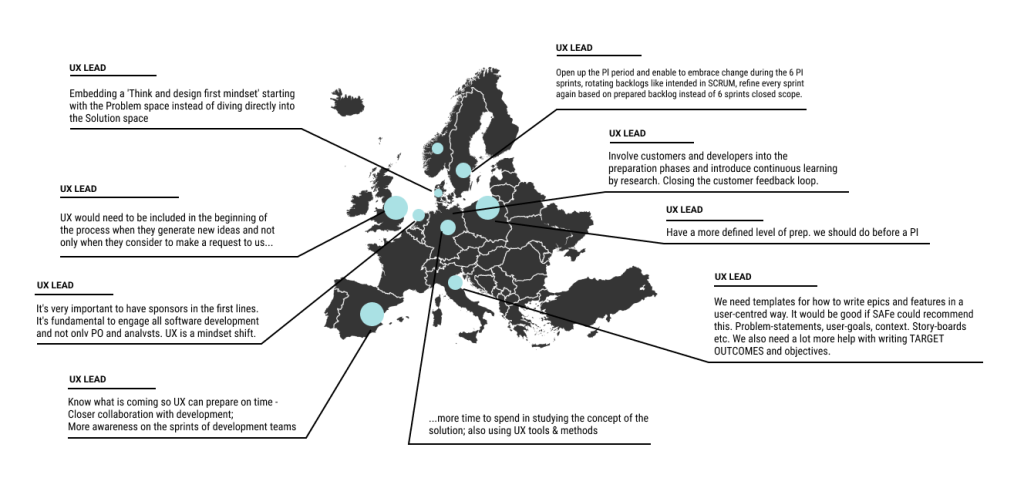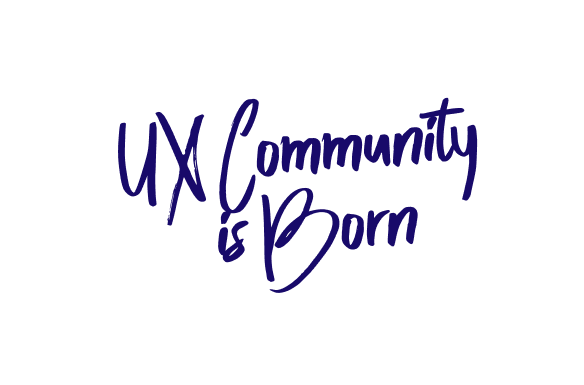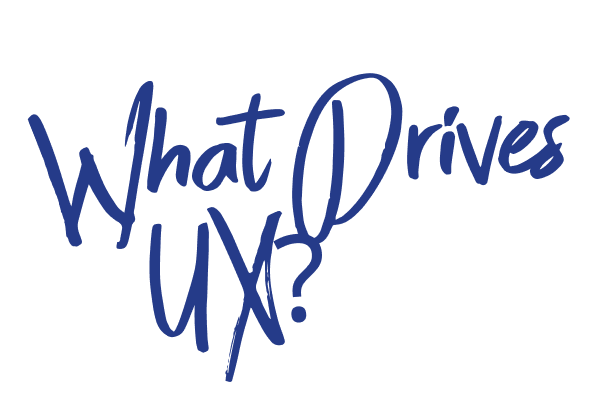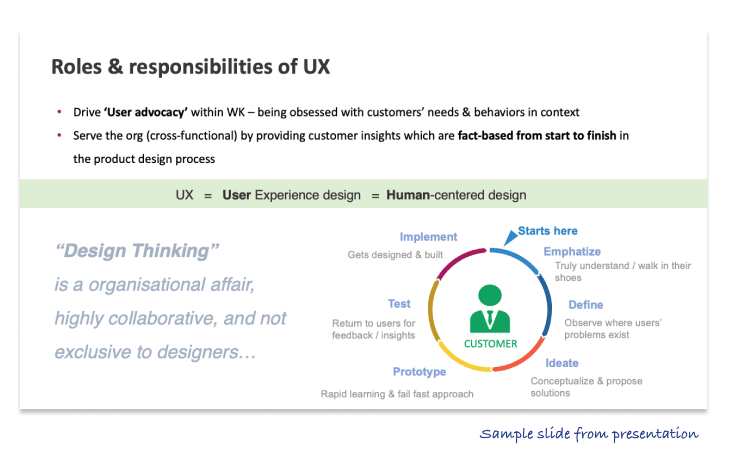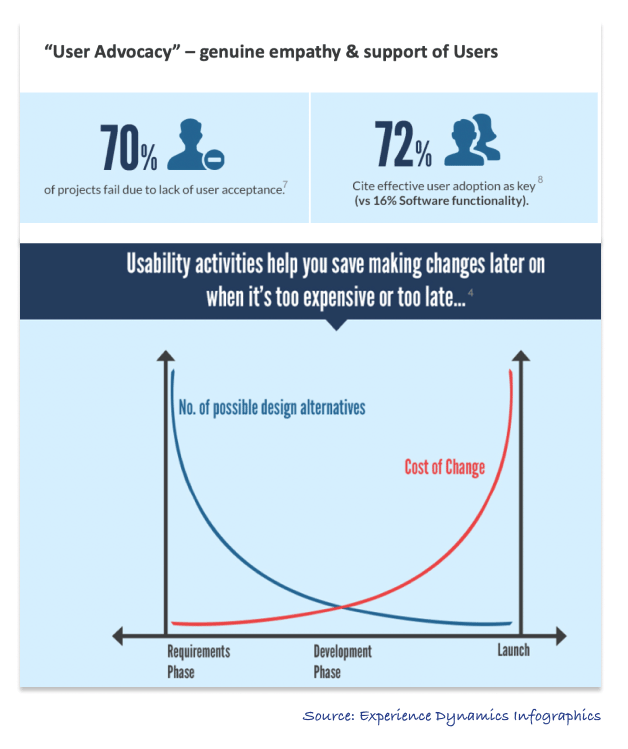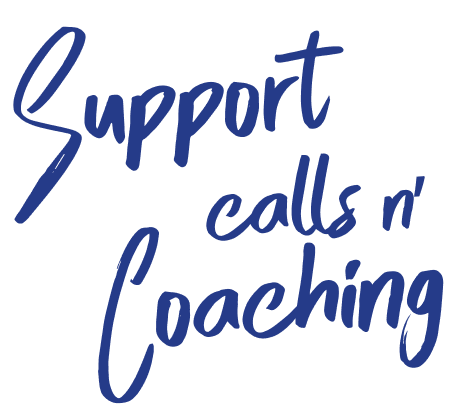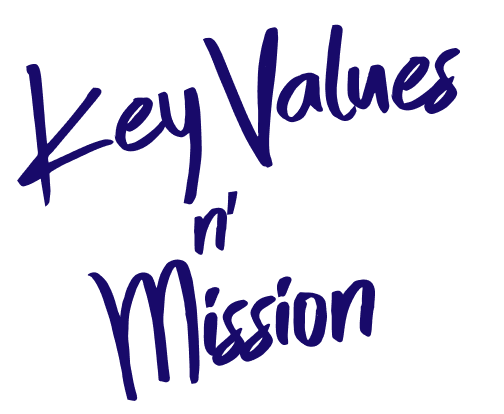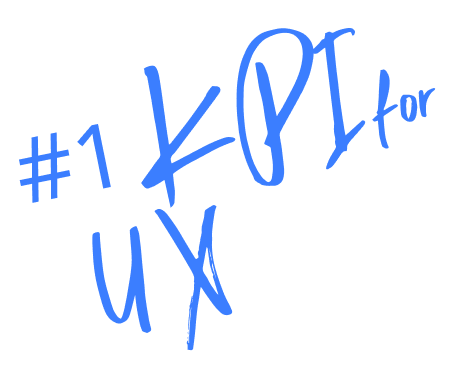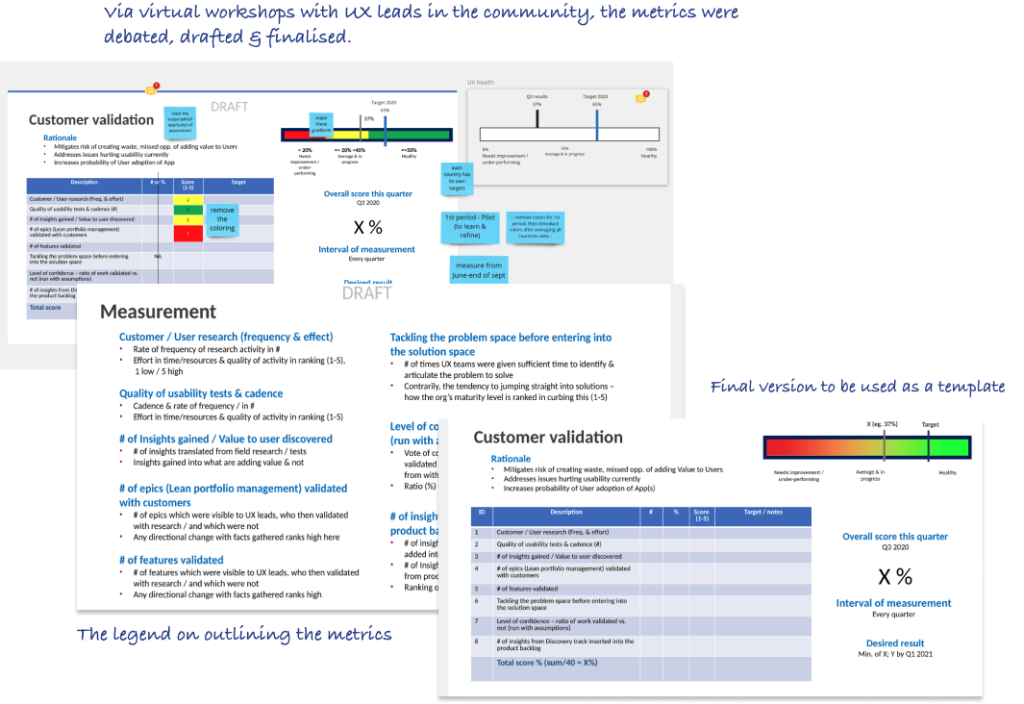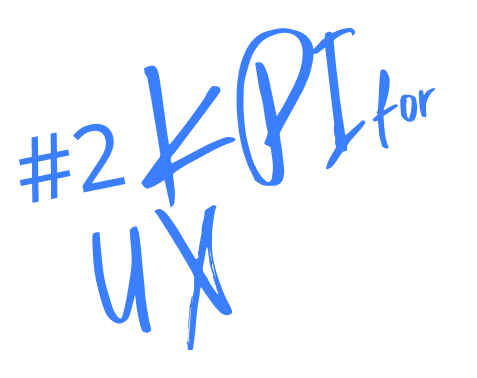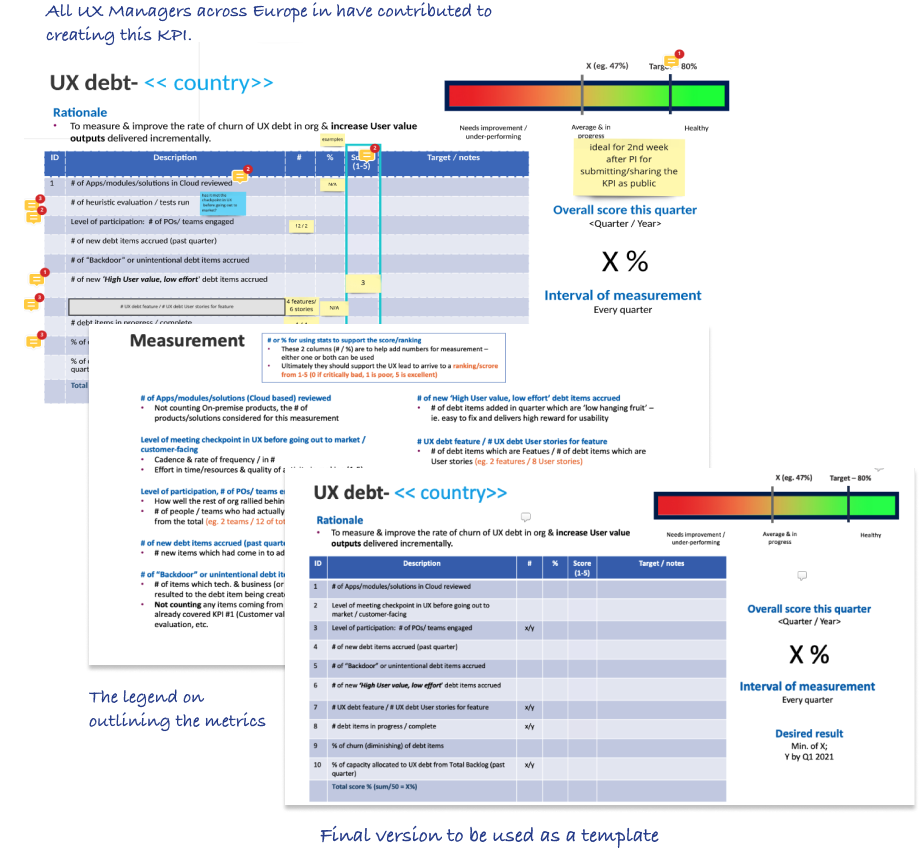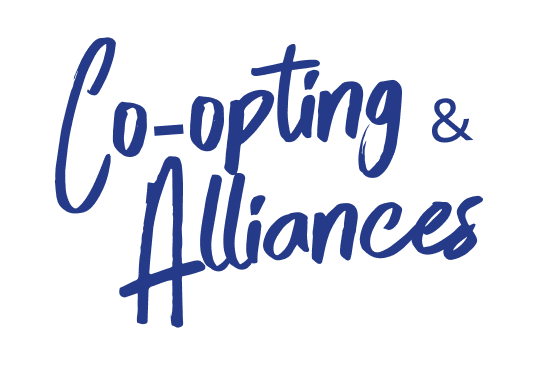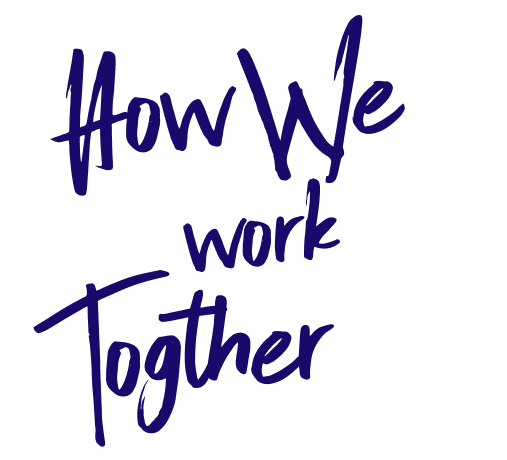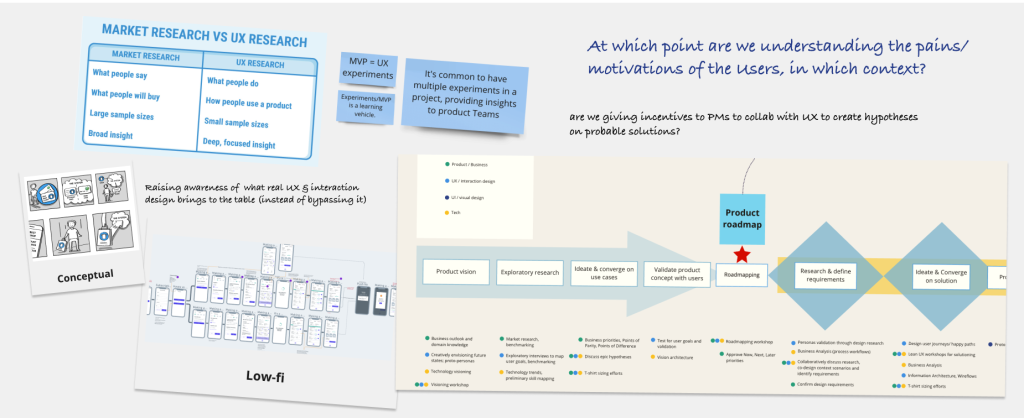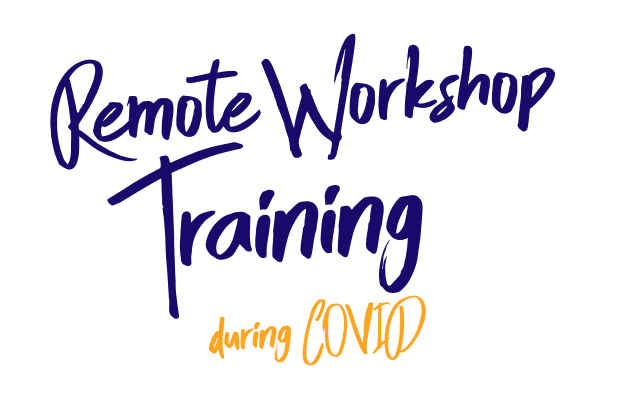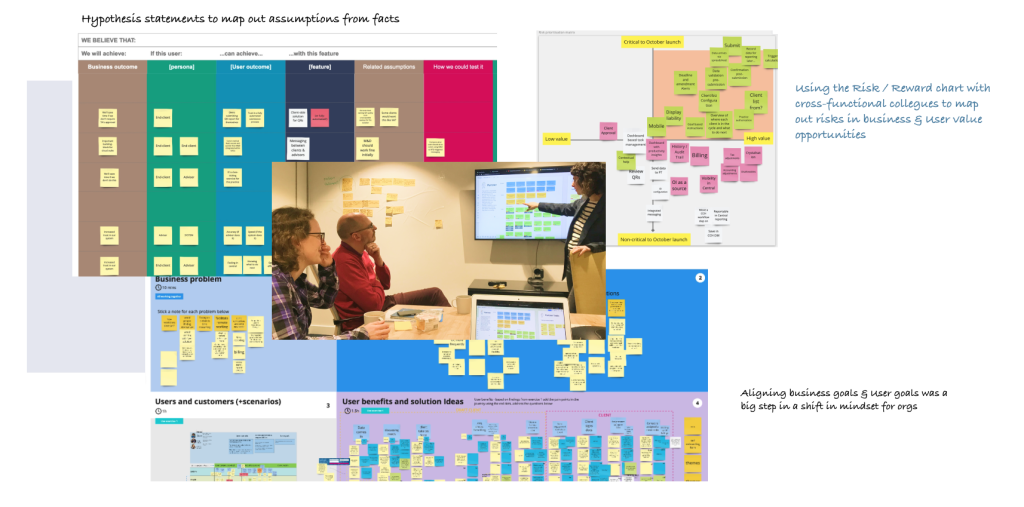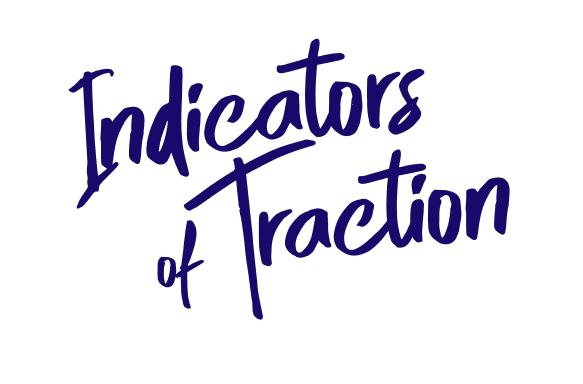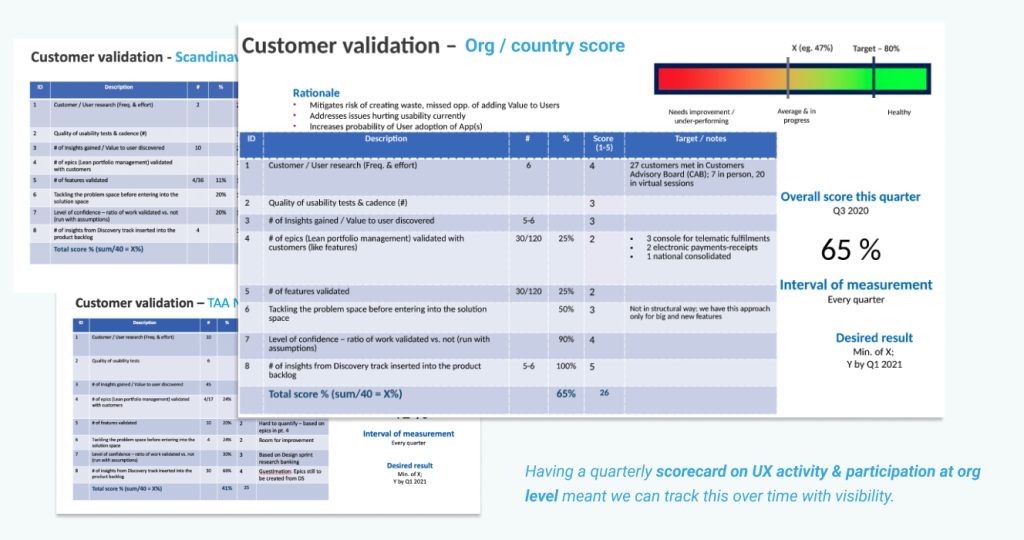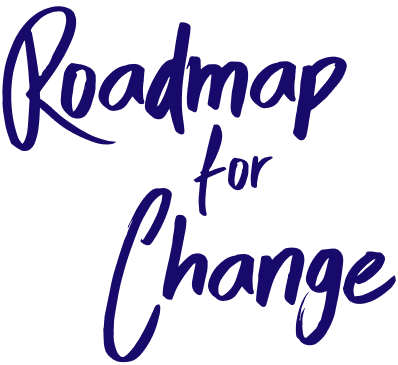
It’s not enough to ramp up the UX team within the orgs, but essential to get support from the whole org for UX.
Everyone Needs To Buy-in
- Training UX leads wasn’t enough to affect cultures within orgs. Enabling & shepherding the entire org to buy-in the UX culture & methodologies as needed
- UX cannot happen without advocates & champions from all levels, top-down, middle and ground-up.
Strategy For the Community & Serving Each Country
- Understand the orgs in order to understand where they are currently
- Having a roadmap for the next 3 years for UX in European orgs – 3 key initiatives to run in parallel
- Aside from the community training, having the plan to serve the countries at the individual level in increasing the UX culture– is to be done with stakeholder interviews & custom roadmap for each individual org.
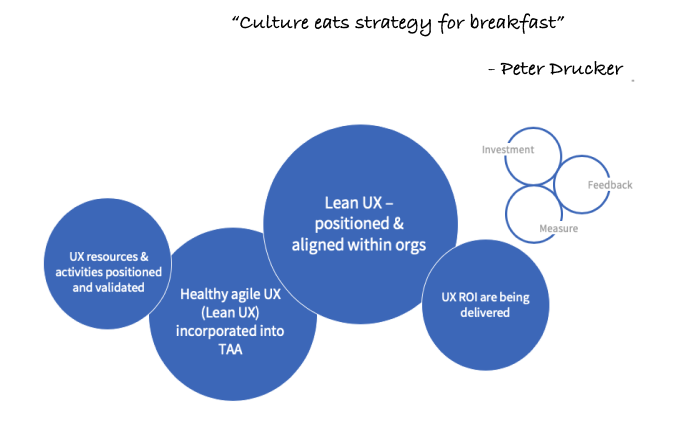
The roadmap creation step-by-step
- Org study
- Assessing the country’s stage of UX maturity with a deeper understanding of org’s structure & political landscape for change
- The above is best achieved via meeting & interviewing the people of the org – all levels & functions
- Identify bright spots
- What’s working already well?
- What does the org understand already in UX?
- How can we build UX momentum off of that?
- What other roles are working well, and how can those be co-opted?
- Develop a custom strategy
- Eg. 3-5 months of “process beta” – training & win project
- 6-24 months of “staffed UX effort”; further training, staffing with senior UXers, UX projects in swing
- 24-48 months of “UX program” – field studies & testing, UX management
- Identify UX sponsors
- Seek & find sponsors/champions at all 3 levels – Leadership/exec, management, grass-roots (developers)
- Form alliances / co-opt for internal support
- Exercise UX cycling & measurement
- iterate practices on evidence-based insights
- Become active with qualitative info from field research

